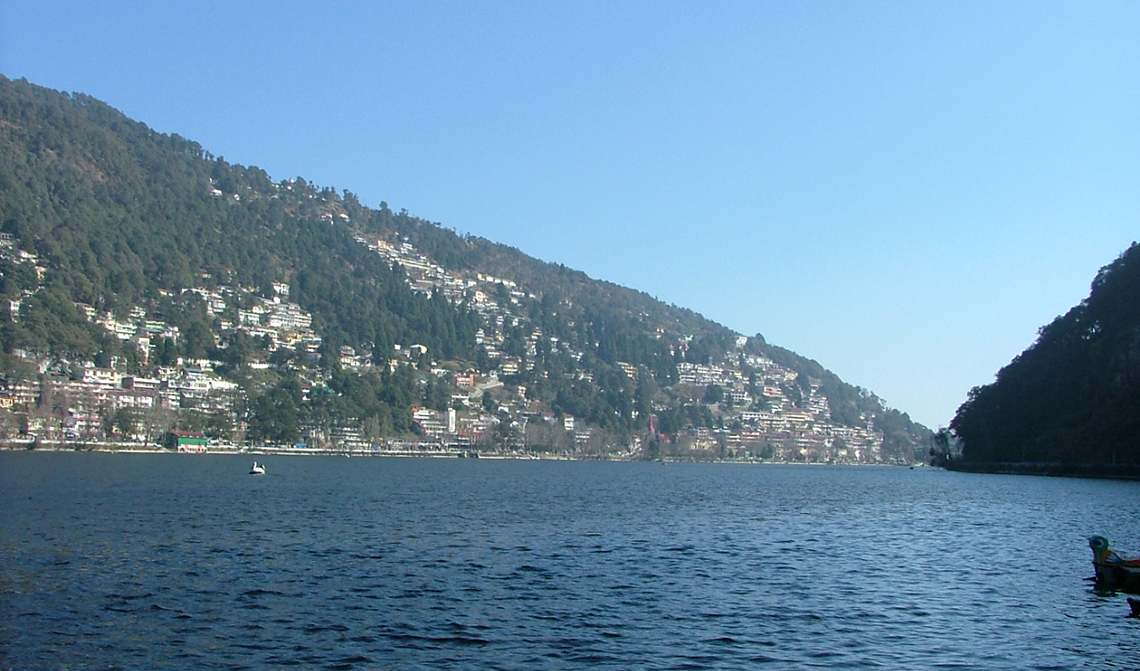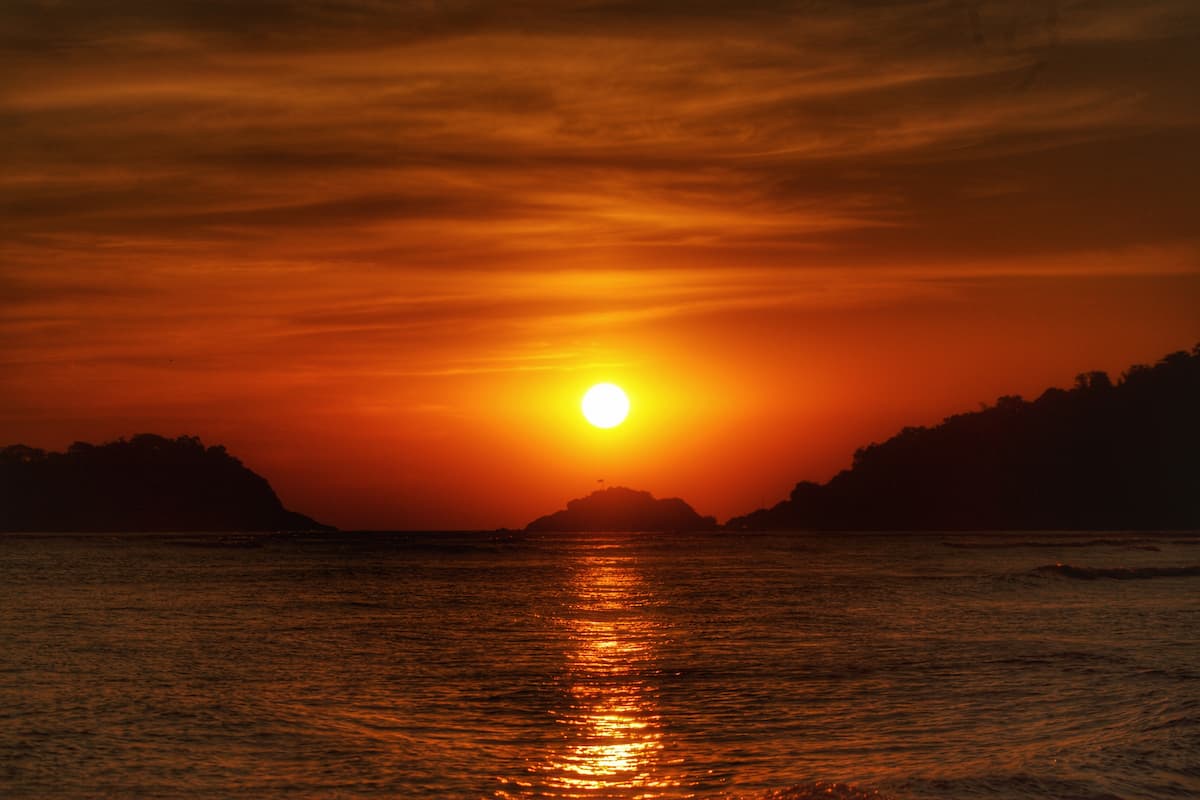Sparkling Lakes – Nainital, Part II
In part 2 of her series, traveler Shireen Bharucha explores the lesser known history of Nainital.
On our first day we explore enchanting Nainital, located at an altitude of 6,358 feet, set amidst the peaks of the Kumaon Himalayas. Nainital is also known as the Lake District of Uttarakhand, because the district boasts of several lakes.
The 12 minute drive to Nainital through a forested area is picturesque with a great variety of trees, attired in their pre-summer best, their foliage in various shades of red, yellow, pink and rust, presenting a stunning sight. The pines proudly show off their sprouting cones that grow erect on branches. The cones, full of seeds, fall off in autumn and winter, after the seeds have been dispersed.
The first European to discover Nainital Lake in 1823 was W. Traill, Commissioner of Kumaon and Gharwal. He was sensitive to the sentiments of the locals who revered the lake as the abode of gods and spirits. He kept the location to himself so that the sanctity of the lake would not be violated.

Wiley Mr. P. Barron was different. A sugar merchant from Shahjahanpur, he was an avid hunter. In his book “Wanderings in the Himmala” he writes he knew there was a large lake in the heart of the Kumaon. He also knew that the local guides would not reveal its location. During one of his expeditions in 1839 he told his guide to lead him to the lake but the guide feigned ignorance as to its whereabouts. Barron then placed a huge boulder on the guide’s head and told him to carry it until the lake was found as he needed the stone to build his house. Desperate to get rid of the load the guide led him to the lake. Moved by the beauty of the placid lake, Barron writes that in the course of his long trek of 1,500 miles in the Himalayas, this was by far the best site he came across.
Nar Singh, the village headman, laid claim to the lake and the surrounding hills as his ancestral property, which was disputed by Barron. The matter was taken to court. On his second visit to the place in 1841, Barron cajoled Nar Singh to join him for a sail on the lake. In the middle of the lake Barron threatened to tip the boat over, unless Nar Singh gave up his claim, by giving written consent in a notebook provided by Barron. As Nar Singh could not swim, he had no alternative but to agree. Barron constructed his house, Pilgrim Lodge, on a plot just above the present day Nainital Club.
Realizing Nainital’s potential for a hill resort, Barron colonized it in no time. The town soon became a popular health resort for British soldiers and bureaucrats, away from the heat and dust of the plains. Later the summer residence of the Governor of the United Provinces, was established here. Schools were founded in the late 1800s, four of which continue to function today, namely Sherwood College, All Saints’ College, St. Mary’s Convent High School and St. Joseph’s College.
In the next part, Shireen Bharucha goes exploring the points of interest in Nainital. To read part 3, click here.
Quick Links
Sparkling Lakes – Nainital, Part I
Sparkling Lakes – Nainital, Part II
Sparkling Lakes – Nainital, Part III
Sparkling Lakes – Nainital, Part IV
Sparkling Lakes – Nainital, Part V
The views expressed by the author are in her personal capacity.


